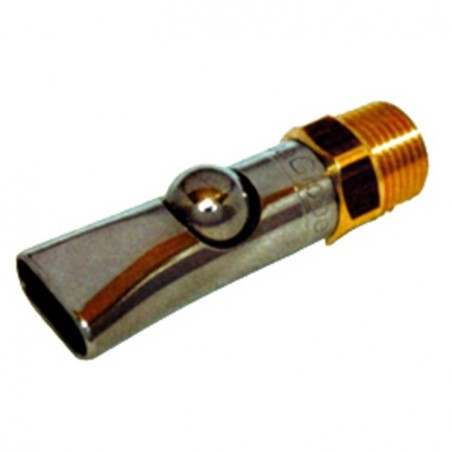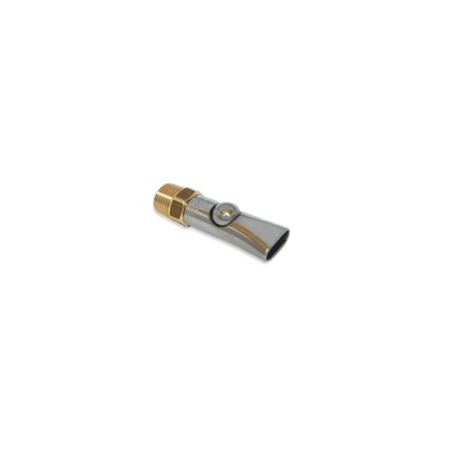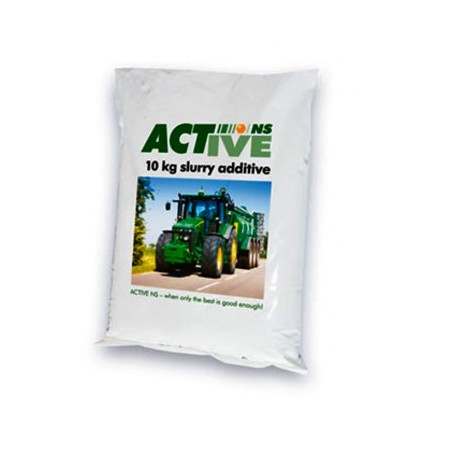Straw bedding systems are preferred by consumers because they are expected to provide better welfare for pigs and reduce odour nuisance. Nevertheless, the development of this way of raising pigs could be limited by the low availability of straw which is primarily used in beef and cattle productions. Reducing the amount of straw per pig is a simple way to contribute to solving this problem of straw availability.
The aim of this study was to determine the impact of a 33% reduction in straw used for bedding on ammonia, GHG and odour emissions. Two successive batches of fattening pigs were grouped in three identical rooms which only differed in the frequency and amount of straw supplied for litter. In the first room (RR), the total quantity of straw for the whole period was fixed at 90 kg per pig. In the second and third room (R33 and R33F), the quantity of straw was reduced by 33% (60 kg per pig). In RR and R33, straw was added every two weeks until 65 kg and weekly after; whereas in R33F, straw was added each week.

The reduction in the amount of straw did not induce deterioration in animal performance and in carcass characteristics. Concerning ammonia and odours, the main effect of the reduction of straw was the increase in emissions and the increased dirtiness of the litter, especially for R33. The increase of ammonia and odour emissions appeared to be less important for R33F than for R33.
Replenishing litter on a weekly basis is a good way of limiting the negative effects caused by the reduction of straw used per pig.
N. Guingand and A. Rugani. Incidence de la réduction de la quantité de paille et de la fréquence des apports sur les émissions d’ammoniac, de GES et d’odeurs chez les porcs en engraissement. 2013. 45e Journées de la Recherche Porcine.









